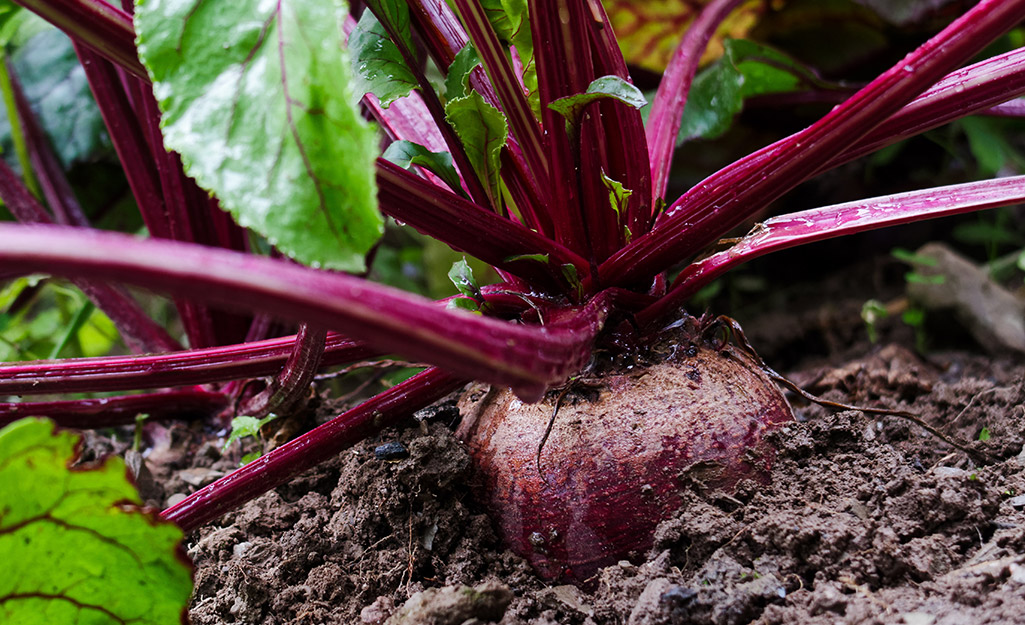
Get out your gardening journal and start planning where to plant your beets! 1. Historical records show that the ancient Egyptians, Greeks, and even Babylonians cultivated this taper-like wild root into the bulbous, delicious produce varieties that we have today. vulgaris maritima, and a denizen of the Mediterranean coast.īeets have a rich and colorful history. cicla ( flavescens, in the case of Swiss chard).īack before beets and chard were officially recognized as different varieties, they had one shared ancestor: the sea beet, scientific name B. vulgaris, while chard is another variety of beet selected and bred for its leaves rather than its roots: B.

Chard roots do become bulbous and they are edible, but they’re less sweet and markedly tougher.īoth beets and chard belong to the same species, Beta vulgaris, and they do look strikingly similar.īeets go by the botanical name B. Here’s a surprise fun fact for you: chard – another goosefoot and lookalike to beet greens, though more colorful – is in fact a variety of beet.Ĭhard is grown for its above ground edible greens rather than its root. In the modern APG III taxonomical system they are all classed within the amaranth family (Amaranthaceae).
BEET SEEDLINGS MOORE OK FULL
They are full of healthy nutrients like vitamin C, vitamin B9 (folate), iron, fiber, potassium, and manganese.ĭid you know that beets are actually close cousins to spinach, quinoa, and amaranth (as well as the more obscure orach – have you tried it before)?Īll of these are traditionally called goosefoot vegetables, part of the Chenopodiaceae family(or “goosefoot family” in Latin) in the older Cronquist taxonomic system.


A root veggie notorious for that earthy taste you either love or hate, they also provide leafy spinach-like greens.


 0 kommentar(er)
0 kommentar(er)
